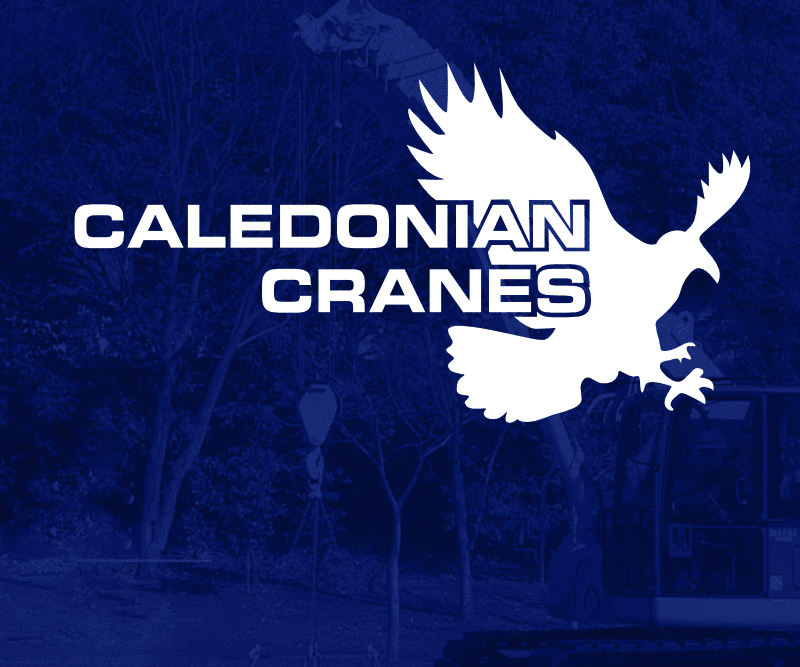Independent inquiry finds ‘little prospect’ of Dundee V&A keeping to original budget
 A report into the spiralling costs of the V&A Dundee project has found that a series of management failings in the early stages of the project meant there was “little prospect” of it being kept to its original budget.
A report into the spiralling costs of the V&A Dundee project has found that a series of management failings in the early stages of the project meant there was “little prospect” of it being kept to its original budget.
The independent inquiry into the increase of expenditure for the new waterfront attraction found there was a “mismatch” between the original budget for the museum and its “elite” design.
Details have also emerged that the Dundee railway station project is already £7 million over budget after the council failed to attract a tender for its £21m target.
Procurement expert and former Rangers Football Club chairman, John McClelland, was called in to investigate the V&A project after the construction costs were revealed to have almost doubled from £45m to £80m in January this year.
Dundee City Council said at the time that works associated with the building’s concrete shell and cost of cladding the building were much higher than the council and contractors had previous anticipated.
Now the McClelland report has identified a lack of expertise and scrutiny from early on in the project and criticised the local authority for not having a full-time project manager with construction experience in place when key decisions were taken.
He said the project was not integrated into the council’s “normal work”, even though it took official ownership of the project more than four years ago, with a failure to appoint a “single accountable project manager” and ambiguity about responsibility.
Mr McClelland added that the initial project estimates were “not sufficiently robust” to address the “unique challenges” of Japanese architect Kengo Kuma’s designs.
He said: “This project had, from the beginning, little prospect of being delivered for the original budget due to an accumulation of factors that mitigated against that being achieved. The largest single cause of the increase was an understatement of the original budget.”
Work on the project finally got under way in March after more than seven years of planning and following a rescue package to make up the funding shortfall from the Heritage Lottery Fund (HLF) and the Scottish Government.
Mr McClelland has called for an “urgent review” of the revised budget amid fears there could yet be additional costs, over and above the already £31.1m overspend, with some aspects of the build still having gone without financial review since 2010.
Dundee City Council chief executive David Martin, said he believes the existing budget is now “robust” enough to deliver the museum though he did admit that offering a guarantee is “difficult” and that, as with any construction project, “things can go wrong”.
Mr Martin said: “Since January 2015, steps have been taken to further develop and improve the governance, monitoring, communication and project management arrangements for the project. In light of the review, steps will be taken to provide additional cost and project management expertise.”
The outcome of the review will be considered by the city council’s policy & resources committee on Monday August 24 where Mr McClelland will answer questions raised by councillors.
Councillors will also consider an accompanying report by chief executive David Martin, which seeks agreement to accept the recommendations of the review and authorise Mr Martin to implement them.
Council leader Ken Guild, said: “I would like to thank John McClelland for his thorough review into the V&A Museum of Design Dundee construction project and his recommendations to help us take this forward.
“This comprehensive review shows us where lessons need to be learned and I am happy to accept the recommendations.
“I am sure that these can be implemented quickly and that frequent updates can be brought before councillors.
“We are working with our partners and BAM Construction to ensure that this unique building helps boost the economy, cultural offer and confidence of our city. Mr McClelland’s expertise has helped identify a number of issues which will help us on other capital projects as well.
“Construction of the V&A Dundee is now underway and the project is proceeding successfully.”
15 conclusions from the McClelland inquiry:
CONCLUSION A:
There was a mismatch between the lower aspirations for the building’s design on which the £27m budget was based and the elite level of the design implied in the competition brief and eventually selected by the Panel.
CONCLUSION B:
The target cost set for the building also incorporated the risk that the cost of having it offshore would be difficult to cover within the budget even after adding a £4m contribution from the Waterfront Budget.
CONCLUSION C:
There was insufficient investment in providing external professional support to the project particularly in its early stages. In the case of the Judging Panel, the depth of independent technical investigation and analysis of the six cost estimates, particularly in relation to the cost of their design concepts and complexity, could have been deeper and more extensive. This is, of course, especially appropriate to the winning design.
CONCLUSION D:
The depth of scrutiny able to be exercised by the Judging Panel in selecting the winning bid and understanding whether its design could be delivered within the estimated costs is difficult to assess due to incomplete records. For the same reason there is a lack of clarity about the information and briefing they were provided with, including on the rationale used in developing the original budget, the depth of independent adviser investigation of the bids and the adviser’s concerns about the achievability of the winning bid. However, leaving aside how well supported and informed it was, the Panel’s process led to the selection of a winning bid that proposed an elite building, built over water, and estimated to be delivered at a cost per square metre which was 11 per cent less than their own budget which was originally set on an aspiration for a building that would be of high quality rather than elite.
CONCLUSION E:
The original Architectural Competition Bid Cost Estimate and, as a consequence, the Dundee City Council Budget of June 2011 were both understated. In particular, at that stage the level of development of the winning design did not allow full account to be taken in cost estimates of the complexity of the structure and within that was especially short in providing for the temporary works costs associated with actually building the design’s extraordinary Superstructure. It also did not provide fully for the cost of building over water and this resulted in the building being relocated onshore thus sacrificing a key feature of the Competition Brief and the Design Competition.
CONCLUSION F:
It took time to identify all of the inherent upward cost pressures within the original estimate. Their materialisation in a series of different Cost Plan episodes, followed by value engineering redesigns over a three year time span, caused delays and disruption to the programme.
CONCLUSION G:
The design development issues and design changes were almost completely driven by the complexity of the design and in particular the challenges associated with its “buildability”. Client changes to the original design caused a relatively small part of the increase in cost. In fact these changes were more than offset by the results of “client compromise” in forfeiting the offshore feature of the original design and in agreeing on two occasions to reduce its height.
CONCLUSION H:
It is likely that general construction industry inflation was not fully provided for in the June 2011 budget. However, when inflation is recalculated using current higher indices and recognising the three year programme delay described above, the additional inflation impact is £6.35m.
CONCLUSION I:
The largest single cause of the increase of £31.1m in the budget for Dundee’s V&A Museum of Design was an understatement of the original budget.
CONCLUSION J:
The administrative procedures pursued and governance exercised by DDL were generally competent. This was particularly the case from early 2011 onwards when its structures were considerably strengthened with new committees and the engagement of externally contracted support. However in 2010, at the time of the Architectural Competition and its Judging Panel, there could have been more rigorous recording and information reporting.
CONCLUSION K:
There has been an under-investment in skilled and experienced in-house technical and project management resources for this project. Although the use of externally contracted support has added value and capability, that type of full time assistance came only in March 2011. It is primarily a project management role and one that has proved crucial to the project to date. However neither at DDL nor at Dundee City Council has there been a building project manager involved full time and fully accountable for this project and only this project.
CONCLUSION L:
There has been no continuous ongoing Quantity Surveyor or Cost Manager for the project, meaning no independent day by day monitoring of the cost estimating and other financial work of the Design Team. Although the extension of the external project management contract to include cost management services added value, their engagement was “on call” and they were not in place until the end of 2011 with their first report in January 2012
CONCLUSION M:
Dundee City Council continued to treat the V&A project as an external partnership venture and did not integrate it into the normal work of the council in the same way as other construction projects. As a result not only was there no single accountable project manager within the council but the project did not benefit from access to and support from the full range of professional services such as quantity surveying and financial management. There was also ambiguity about responsibility and accountability for the building project between DDL and Dundee City Council and the intended Development Agreement setting out the terms of the relationship was not formalised.
CONCLUSION N:
Within Dundee City Council there was no central project file and all day to day governance, monitoring and regular reporting of status took place within DDL and not the council. However when formal approvals or notifications were strictly required these were referred to appropriate Committees.
CONCLUSION O:
EU procurement rules were followed both in the case of the Architectural Competition and the Construction Tender. The council’s Procurement section was appropriately involved in the Construction Tender OJEU process but not the earlier process for the Architectural Competition. At that time there was not a central procurement function within Dundee City Council. Not only is this team now well established but its staffing includes expertise in construction projects.

















